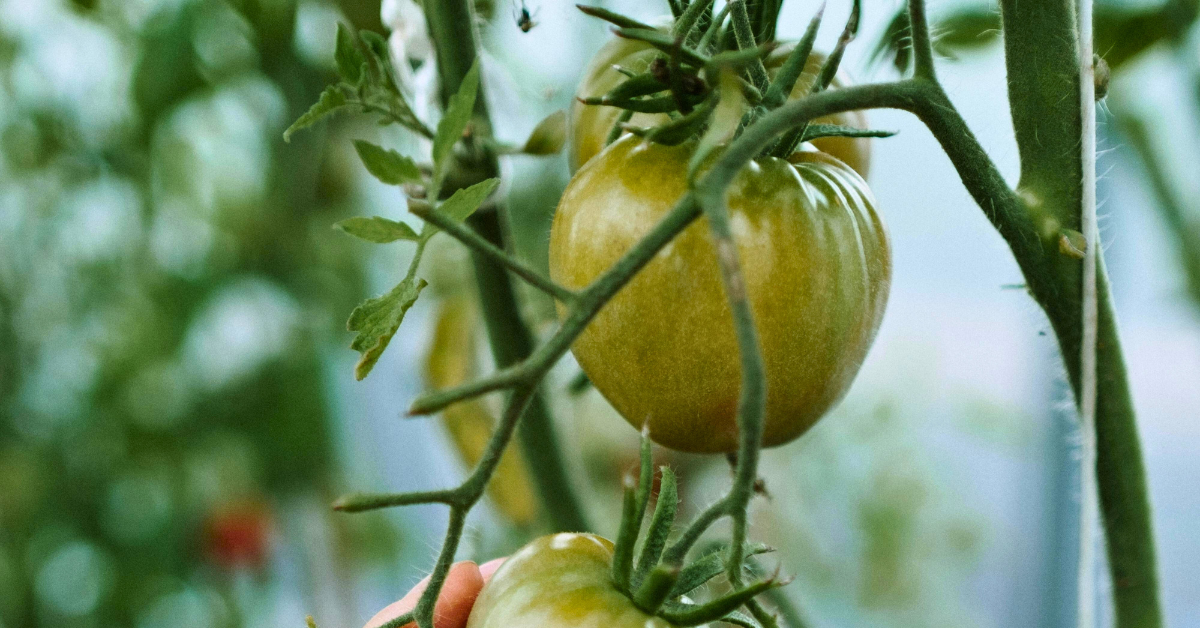As urban gardening gains more popularity, innovative techniques such as vertical growing offer a solution for maximizing productivity for small areas. In Denver, where urban dwellers often contend with limited yard space and challenging growing conditions, vertical gardening presents an opportunity to cultivate a diverse array of plants while conserving space and resources.
In this article, we’ll explore why vertical growing is advantageous in Denver’s urban environment, how to implement vertical gardening effectively, and provide creative ideas for vertical garden designs.
Why Vertical Growing in Denver?
- Space Optimization: With limited yard space in urban areas, traditional horizontal gardening may not be feasible for many Denver residents. Vertical growing utilizes vertical space, such as walls, fences, balconies, or even indoor areas, allowing gardeners to maximize their growing area without expanding horizontally.
- Sunlight Maximization: Denver’s abundant sunlight is a valuable resource for plant growth, but it can also pose challenges due to its intensity. Vertical gardens can be strategically positioned to optimize sun exposure for different plant varieties, ensuring they receive adequate light without being scorched by intense sun rays. Increased photosynthesis leads to more flowering and fruiting, increasing plant yields.
- Plant Health: Crops that are grown on trellises or other vertical supports are less susceptible to disease conditions that may occur if they are allowed to sprawl on the ground.
- Climate Adaptability: Denver’s climate, characterized by dry air, fluctuating temperatures, and occasional hailstorms, can be challenging for traditional gardening methods. Vertical gardens offer increased airflow and drainage, reducing the risk of waterlogging and providing better air circulation to plants, which can help mitigate the effects of extreme weather conditions.
- Water Conservation: Water conservation is crucial in Denver’s semi-arid climate, where drought conditions are not uncommon. Vertical gardening allows for efficient water usage by incorporating drip irrigation systems or self-watering containers, minimizing water waste and maximizing moisture retention in the soil. To achieve the best results, utilize mulch on your soil, whether growing in containers or directly planting in the ground.
- Aesthetic Appeal: Beyond their practical benefits, vertical gardens add visual interest and beauty to urban spaces. Whether adorning a blank wall or cascading from a balcony railing, vertical gardens can transform ordinary spaces into vibrant green sanctuaries, enhancing the aesthetic appeal of urban environments.
How to Implement Vertical Gardening
- Choose Suitable Plants: Select plant varieties that are well-suited to vertical growing and Denver’s climate conditions. Consider factors such as sunlight requirements, water needs, and space constraints when choosing plants for your vertical garden.
- Select a Location: Identify suitable vertical surfaces for your garden, such as walls, fences, or structures with ample sunlight exposure. Ensure that the chosen location can support the weight of the vertical garden and has access to water sources if needed.
- Install Support Structures: Depending on the chosen location and design, install support structures such as trellises, vertical planters, or hanging baskets to accommodate your vertical garden. Ensure that the structures are securely anchored and provide adequate support for the plants.
- Provide Adequate Drainage: Proper drainage is essential for vertical gardens to prevent waterlogging and root rot. Use well-draining soil mixes and incorporate drainage holes or reservoirs in vertical planters to ensure excess water can escape freely.
- Implement Irrigation Systems: Consider incorporating drip irrigation systems or self-watering containers like ollas into your vertical garden design to provide consistent moisture to the plants while minimizing water waste. Automated irrigation timers can help simplify watering routines and ensure plants receive adequate hydration.
Creative Ideas for Vertical Garden Designs
- Vertical Herb Garden with Repurposed Containers: Get creative with upcycled containers such as tin cans, mason jars, or wooden crates to create a charming vertical herb garden. Attach these containers to a wooden pallet or hang them from a wall-mounted frame for a rustic and eco-friendly garden display.
- Living Wall Using Recycled Materials: Construct a living wall using recycled materials such as pallets, old picture frames, or shipping pallets. Fill the compartments with soil and plant your favorite herbs, succulents, or trailing plants for a visually stunning vertical garden that adds a touch of greenery to any outdoor or indoor space.
- DIY Trellis System for Climbing Vegetables: Build your own trellis system using bamboo poles, wooden stakes, or PVC pipes to support climbing vegetables like tomatoes, beans, or cucumbers. Create a sturdy framework by weaving twine or wire between the vertical supports, providing a vertical growing space that maximizes yield and saves ground space.
- Upcycled Gutter Garden: Repurpose old gutters or PVC pipes by mounting them horizontally along a fence or wall to create a unique gutter garden. Fill the gutters with soil and plant shallow-rooted vegetables, herbs, or flowers for a space-saving vertical garden that adds a pop of color to your outdoor space.
- Vertical Hanging Garden Using Fabric Pockets: Sew fabric pockets from old jeans, canvas bags, or felt material and hang them vertically on a wall or fence. Fill the pockets with soil and plant a variety of herbs, greens, or flowers for a vibrant and portable vertical garden that can be easily customized to suit your space and style.
- DIY Vertical Planter from Recycled Pallets: Transform a discarded pallet into a vertical planter by adding shelves or pockets to hold potted plants. Sand down the rough edges, add a waterproof liner, and fill the compartments with soil and plants of your choice. Lean the pallet against a wall or suspend it from sturdy hooks for an eye-catching vertical garden feature.
- Repurposed Shoe Organizer Vertical Garden: Hang a fabric shoe organizer on a fence or wall and fill each pocket with soil and small plants or herbs. This clever upcycled solution provides an instant vertical garden with individual compartments for easy organization and maintenance.
- DIY Trellis Planters Using Old Ladders: Give new life to an old wooden ladder by transforming it into a vertical planter with built-in trellises. Secure planters or wooden boxes to each rung of the ladder and train climbing plants to grow upwards, creating a striking vertical garden that adds height and visual interest to your outdoor space.
- Vertical Garden Using Recycled Bottles: Cut plastic bottles in half horizontally and attach them to a wooden frame or wire mesh panel to create a vertical garden. Fill each bottle with soil and plant small herbs, strawberries, or flowers for a simple yet effective upcycled vertical gardening solution that’s perfect for small spaces.
- DIY Hanging Basket Garden from Old Baskets: Repurpose old baskets or woven containers by suspending them from hooks or chains to create a hanging basket garden. Line the baskets with coconut coir or burlap liners, fill them with soil, and plant trailing or compact varieties of vegetables, herbs, or flowers for a charming and space-saving vertical garden display.



